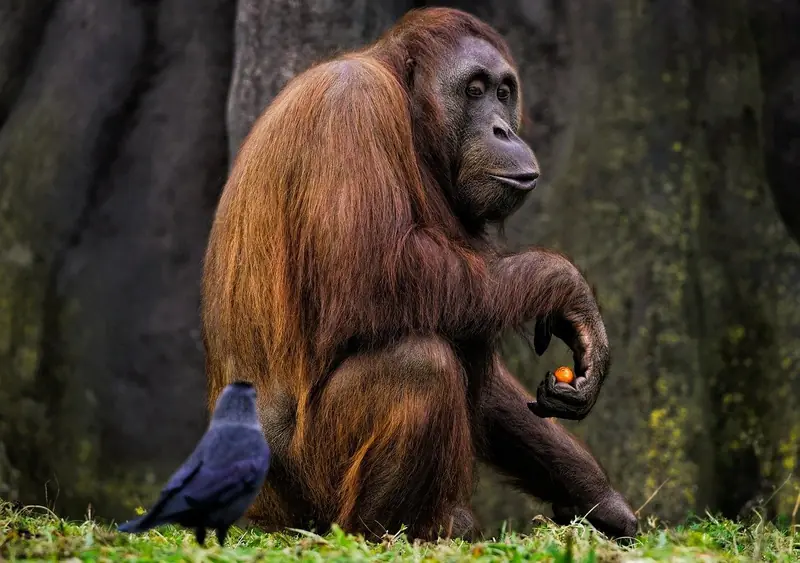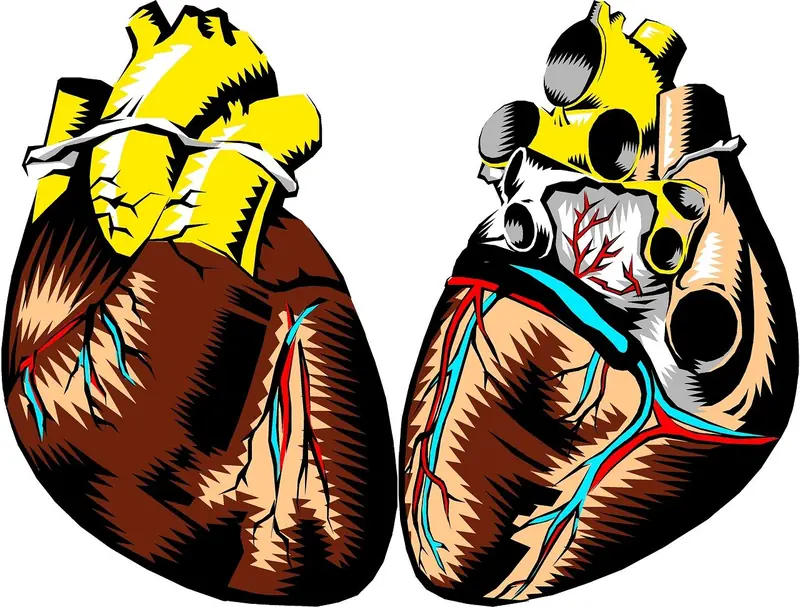Mammals, ranging from the enormous blue whale to the tiny shrew, inhabit nearly every corner of our planet. Their remarkable adaptability to various environments has long fascinated scientists, as each species has developed unique traits to survive and thrive. Despite this vast biological diversity, it was previously believed that the structure and function of the heart were the same across all mammals. However, researchers from Swansea University in the UK have proven that the human heart is an exception, significantly differing from the hearts of our closest relatives—great apes, including chimpanzees, bonobos, orangutans, and gorillas.

So, what makes the human heart so unique? Humans diverged from chimpanzees (Pan Troglodytes), our last common ancestor, between five and six million years ago. The human lineage evolved to stand upright and engage in a variety of activities, while also developing a significantly larger brain. These changes were linked to a much higher metabolic demand, requiring more blood to be pumped to our muscles and brain, noted lead author Amy Drain, a senior lecturer at the Faculty of Medicine, Health, and Life Sciences. The university team’s research revealed that to support our upright posture and movement, as well as our larger brain size, the human heart adapted in specific ways.
For a decade, the team studied the cardiovascular systems of great apes worldwide using ultrasound imaging. This allowed scientists to adequately assess the structure and function of these mammals’ hearts, including their size and how their muscles contract, twist, and rotate. The team had previously suspected that the structure of the human heart might differ, particularly from that of chimpanzees. Using ultrasound, researchers discovered that in chimpanzees, the left ventricle—the heart’s main pumping chamber—contains bundles of muscle organized into a mesh with the help of septa and plates known as trabeculae. The scientists then sought to determine whether trabeculae exist in other great apes. It turned out they do. Meanwhile, in humans, the wall of the left ventricle is smooth. This difference is particularly striking in its lower part: the smoothness of the human heart is nearly four times greater than that of great apes.

But that’s not all. This was not the only discovery highlighting the uniqueness of the human heart. The team also found a significant difference in function. Using a method called “speckle tracking echocardiography,” which tracks the movement of the heart muscle during contraction and relaxation, scientists studied how the muscle thickens, twists, rotates, and elongates. The results were striking. Humans, who exhibit the weakest trabeculation, showed significantly more twisting and rotation at the tip of the heart during contraction. In contrast, non-human great apes with their trabeculated hearts demonstrated much less movement. Researchers concluded that the human heart evolved from the trabecular structure observed in other great apes to enhance its ability to twist and contract more efficiently. This enhanced twisting motion and smooth ventricular walls likely enable the human heart to pump a greater volume of blood with each beat. This aligns with the new demands of our physical activity and larger brain size, as reported by Science Alert.
Thus, the study challenges the assumption that the heart structure in mammals is uniform. Subtle yet significant differences in the anatomy and functioning of the human heart have arisen in response to unique ecological challenges.

